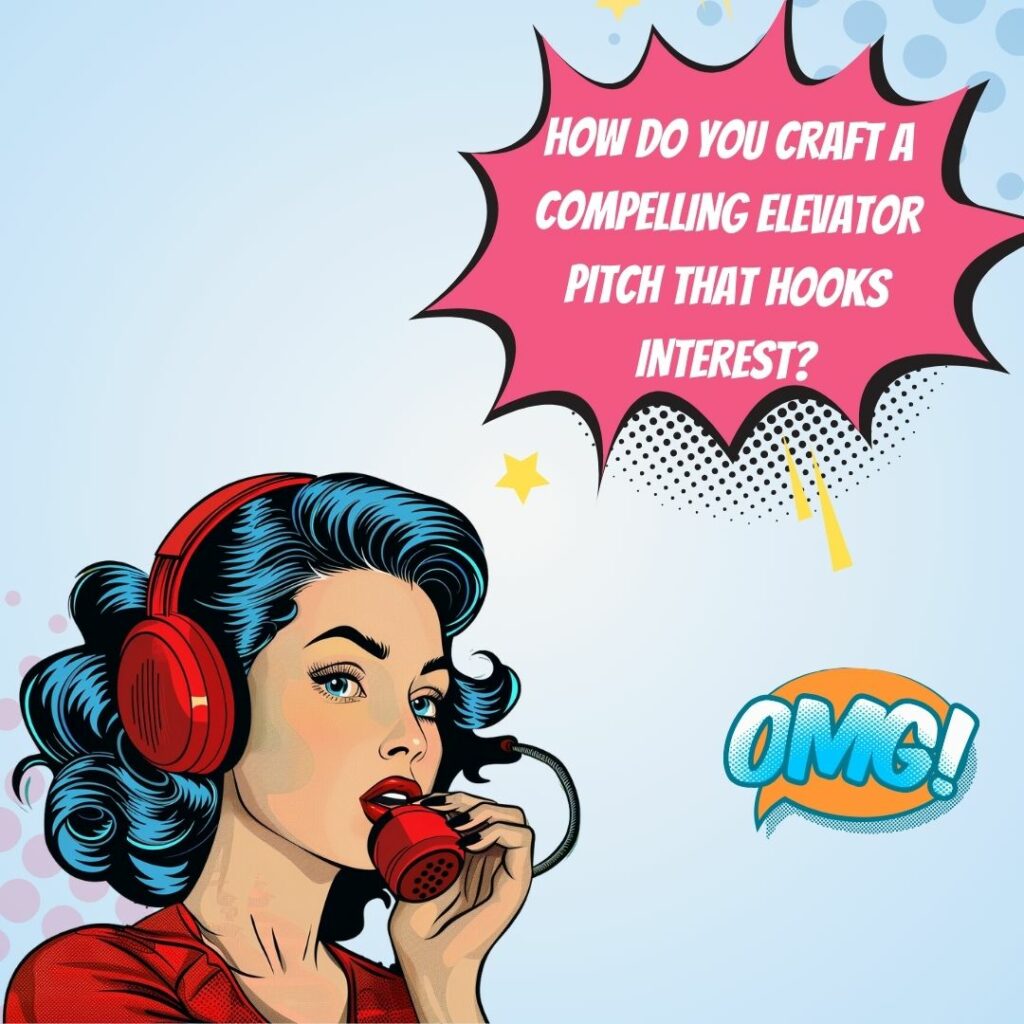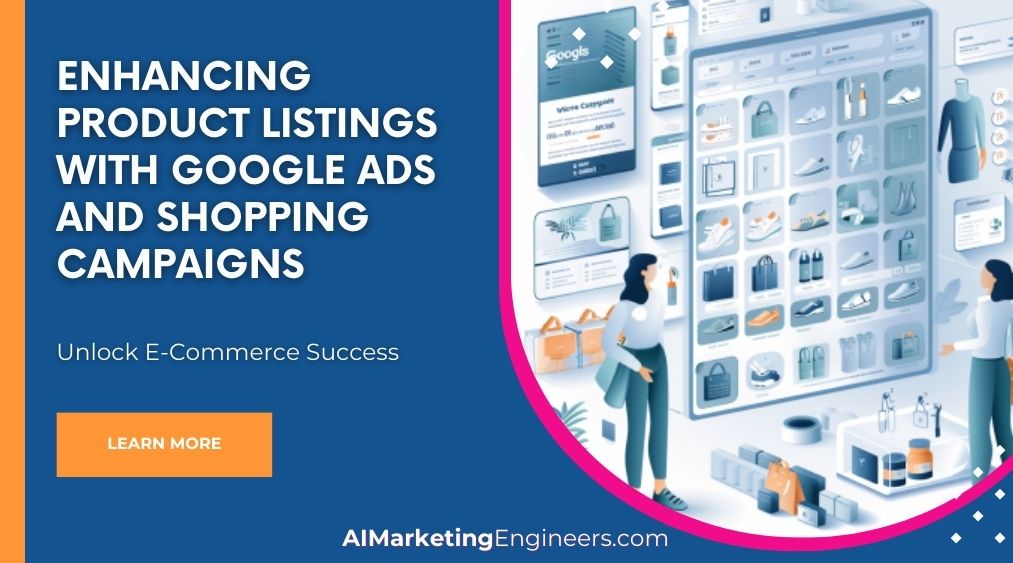Key Takeaways
✅ Craft a Compelling Elevator Pitch: A game-changer for any sales professional. Learning to summarize your business value in under two minutes—while engaging your audience—can significantly boost your chances for success. Statistically, a well-crafted pitch can increase your engagement rates by as much as 30%, according to sales industry insights.
✅ Tailor Your Pitch to the Audience: Customizing your message is crucial. With 70% of successful sales coming from personalized pitches, understanding your audience's specific needs and directly addressing them can essentially be the difference between a closed deal and a missed opportunity.
✅ Practice and Deliver with Confidence: Confidence is key. A survey among sales professionals revealed that those who practice their pitches out loud can increase their success rates by up to 25%. Thus, rehearsing your dialogue until it's second nature ensures you deliver your message compellingly.

Introduction
Ever wondered why some sales conversations seem to magically lead to success, while others fall flat? The secret often lies in the power of engaging in effective conversations. Whether it’s the sharp, concise delivery of an elevator pitch or the personalized touch in a sales script, the art of initiating and maintaining conversations can make or break your sales results.
At the heart of unstoppable sales success is the ability to not just communicate but to connect, convince, and convert. This involves mastering sales scripts and elevator pitches – crafting messages that don’t just talk about what you’re offering, but that resonate with the receiver on a personal level. With the right approach, you can see your conversation conversion rates soar, leading to a significant uptick in sales and profitability.
By unveiling some of the most effective strategies and shedding light on the practical steps to apply them, this piece promises to be a treasure trove of actionable insights. Get ready to dive into modern techniques, innovative perspectives, and tested solutions that aim to maximize your revenue, ROAS, and ROI. Your journey to becoming a maestro of sales conversations begins now.
Top Statistics
| Statistic | Insight |
|---|---|
| Average Attention Span: Around eight seconds. | Highlighting the importance of keeping elevator pitches concise and engaging to capture attention quickly. |
| Elevator Pitch Length: Advised to be around 30 seconds. | A concise pitch is crucial for making an impact within the limited attention span of potential clients. |
| Sales Pitch Practice: Essential part of onboarding. | Practice builds conversational competence, equipping sales teams with the ability to engage effectively from the get-go. |
| Personalized Elevator Pitches: Including personal facts. | Personal touches in an elevator pitch help to forge stronger connections and make the message more memorable. |
| Call to Action: Crucial element at the end of a pitch. | Ending with a clear call to action can significantly increase engagement and chances of a follow-up conversation. |
Crafting Engaging Openers
When reaching out to a new contact, the first few seconds can make or break your opportunity. Personalization is key; using the contact’s name and directly addressing their potential needs with a "you" can turn a generic message into a compelling one. Imagine getting an email that not only knows your name but also asks a thought-provoking question about a challenge unique to your industry. Intriguing statistics or bold statements can serve as a powerful hook, compelling the reader to delve deeper into what you have to say. The effectiveness of various openers can vary greatly, so don't hesitate to experiment with different styles and A/B test them to identify which resonates most.
Keeping it Brief and Focused
In our fast-paced world, brevity is a virtue, especially in sales communications. Studies suggest aiming for a 300-word count in sales emails to maintain the reader's interest and increase response rates. Similarly, keeping cold calls under eight minutes and sales presentations to about 18 minutes helps prevent overload and retains the prospect’s attention. The focus should always be on addressing the prospect's problems rather than diving into a long-winded pitch about the product or service. This approach not only respects the prospect's time but also fosters a more engaging and productive conversation.
The Art of Elevator Pitches
An effective elevator pitch is a blend of brevity, clarity, and engagement, designed to capture attention within 30 to 60 seconds. This brief pitch should not only explain what you offer but also why it matters, highlighting the benefits in a way that sparks curiosity. Including a hook and ending with a compelling call to action or question can make your pitch memorable. Extensive practice ensures that when the moment comes, your delivery is confident and natural, encouraging further discussion.
Casual Conversations and Networking
Networking is less about selling and more about establishing meaningful connections. When engaging in conversations, focus on the person and their interests first. Being prepared to succinctly introduce your project or service, if asked, allows you to seamlessly integrate your work into the conversation without overtly pitching. Establishing rapport and genuine connections can create a foundation for future business opportunities, making every conversation a potential gateway.
Delivering with Confidence and Authenticity
Authenticity and confidence are paramount when delivering your message. Rehearsing your pitch to the point where it feels natural and engaging can significantly impact your delivery. Employing positive body language, maintaining eye contact, and using varied tones help keep your audience engaged throughout the conversation. Being adaptable and open to refining your pitch based on feedback is crucial for growth and effectiveness in your sales efforts. Authentic enthusiasm is infectious, making it more likely for your pitch to resonate with your audience.
Additional Tips
Leveraging templates, examples, and sales enablement tools can streamline the pitch-crafting process and help keep track of what strategies are most effective. Continuously testing and refining your approach based on feedback is essential for improvement. Staying abreast of industry best practices and innovative strategies not only enriches your knowledge base but can also give you a competitive edge in your sales endeavors.
AI Marketing Engineers Recommendation
Recommendation 1: Personalize Your Sales Scripts with AI Insights: Leverage the power of AI tools to analyze customer data and tailor your sales scripts to address individual needs and pain points. Statistics show that personalized approaches can boost sales conversions by up to 20%. Integrating AI to gather insights on customer preferences, history, and behavior patterns can transform a generic sales script into a personalized conversation starter that resonates with the recipient.
Recommendation 2: Keep Your Elevator Pitch Dynamic with Market Trends: In an age where consumer interests shift rapidly, updating your elevator pitch to reflect current trends and market demands is essential. Use social listening tools to stay abreast of what's trending in your industry and incorporate this intel into your pitches. Companies that adapt their messaging to market trends see an average increase in engagement rates by 30%. This not only shows your business is forward-thinking but also connects with clients on topics they care about most.
Recommendation 3: Utilize CRM Software to Enhance Conversation Strategies: Customer Relationship Management (CRM) software isn't just for organizing client information—it's a goldmine for crafting conversations that lead to sales. By analyzing customer interaction data stored in your CRM, you can identify the most effective conversation starters, follow-up techniques, and closing strategies that have previously led to conversions. Tools like Salesforce and HubSpot offer advanced analytics features, enabling businesses to pinpoint what works and refine their approach to communication accordingly. Businesses leveraging CRM analytics have reported a 50% reduction in the time it takes to close deals, illustrating the profound impact of data-driven conversation strategies.
Conclusion
When we boil it all down, the heart of successful sales and marketing is about starting conversations that don't just talk at your prospects but truly engage them. By crafting engaging openers and keeping your pitch brief and focused, you're not just selling; you're starting a dialogue. It's clear that personalization, using the prospect's name and tapping into what really matters to them, turns a standard sales script into a powerful conversation starter.
Elevator pitches and casual networking should be seen as tools in your arsenal, not chores on your to-do list. The beauty of a well-practiced pitch is its ability to spark interest and open doors in the space of a brief elevator ride. And remember, every conversation, be it in an elevator or over coffee, is a chance to build a relationship that could blossom into a sale or a long-term partnership.
Keeping everything concise and focused helps in avoiding the pitfalls of overloading your prospect with too much information. With the recommended 300-word count for sales emails and a succinct pitch, you're more likely to keep the listener's attention and increase response rates. This focused approach is key in a world where attention spans are shorter than ever. But it's not just about what you say; it’s also how you say it. Delivering with confidence and authenticity can make or break your pitch. The emphasis on rehearsing and refining your approach, based on feedback, is invaluable. Authenticity fosters trust, and in any sales conversation, trust is gold.
In closing, let's remember that at the core of effective sales tactics are genuine connections and conversations. It's about solving problems and making lives easier, not just pushing a product. So, take these insights, tweak your approach, and start conversations that lead to sales. With some practice, authenticity, and thoughtful engagement, the world of effective sales conversations is yours to conquer. Let these strategies be your guide, and watch as your conversations turn into connections, and your connections into sales.
FAQs
Question 1: What is an elevator pitch?
Answer: An elevator pitch is a short and compelling speech meant to spark interest in what your product or service does. It's your chance to capture someone's attention quickly.
Question 2: Why is it called an elevator pitch?
Answer: Imagine you've got just an elevator ride's time to share your story – about 30 to 45 seconds. That's why it's called an elevator pitch; it's about making an impact fast.
Question 3: What are the key components of an elevator pitch?
Answer: A stellar elevator pitch should have a catchy hook, a clear problem statement, a sneak peek at your solution, a strong value proposition, and an invitation for further action.
Question 4: How do I tailor my elevator pitch to different audiences?
Answer: Get to know your audience like the back of your hand. What makes them tick? Tailor your message to meet their unique needs and you'll likely strike a chord.
Question 5: What is the ideal length of an elevator pitch?
Answer: Aim for 30-45 seconds. It's short enough to keep interest piqued but long enough to deliver the goods.
Question 6: How do I practice and perfect my elevator pitch?
Answer: Practice makes perfect! Rehearse in front of a mirror or record yourself. Getting feedback from friends or colleagues can also be incredibly valuable.
Question 7: How do I start a conversation with a potential client?
Answer: Kick things off with a genuine insight or question about their business. It shows you're interested and sets the stage for what you have to offer.
Question 8: What should I do after delivering my elevator pitch?
Answer: Be ready to dive deeper. Have answers at the ready and know what you want to happen next, whether it's booking a meeting or exchanging numbers.
Question 9: How do I handle rejection or disinterest after my pitch?
Answer: Keep your chin up. Not every pitch is going to land, but each one is a chance to learn and improve. Stay focused on those who are interested.
Question 10: Can I use elevator pitches in written form?
Answer: Absolutely! Elevator pitches can work wonders in your emails, on your website, or across your social media profiles. It's all about catching that interest quickly.
Academic References
- Asana. (2024). 15 Elevator Pitch Examples (+Foolproof Pitch Template). Asana's guide provides a series of compelling elevator pitch examples alongside a versatile template designed for anyone looking to perfect their self-introduction effectively. It emphasizes the importance of brevity, practice, and enthusiasm in making a pitch successful.
- HubSpot. (2024). 23 Elevator Pitch Examples to Inspire Your Own [+ Templates]. This comprehensive piece from HubSpot showcases a variety of elevator pitch examples tailored to different scenarios, including job interviews and business proposals, supported by expert tips to refine your pitch.
- Zapier. (2023). 11 Actually Great Elevator Pitch Examples & How to Make Yours. Zapier breaks down the elevator pitch process with practical examples and a guide on constructing your pitch, highlighting the essential components from introduction to call to action, based on real-life scenarios.
- WordStream. (2024). 13 (Really) Good Elevator Pitch Examples + Templates. WordStream offers a dive into effective pitch strategies with a selection of examples and templates that discuss the balance between introduction, problem identification, and proposing solutions, aiming to equip the reader with the essentials of impactful communication.
- Indeed. (2023). How To Give an Elevator Pitch (With Examples). In this article, Indeed articulates the nuances of delivering a persuasive elevator pitch by providing specific examples that illustrate how to introduce oneself, define the problem, the solution, and conclude with a compelling call to action.












